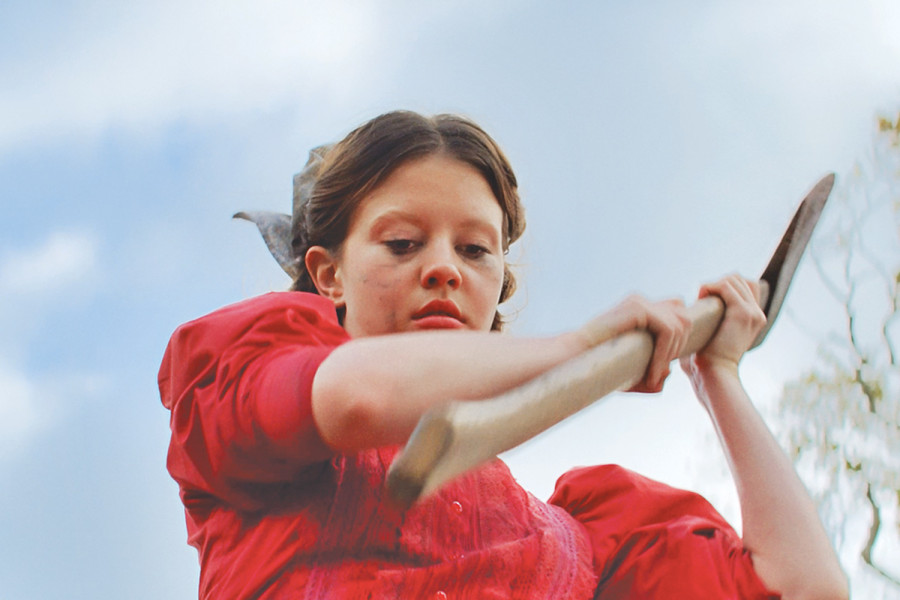Culture & Lifestyle
Beyond tragic tropes
The representation of female characters in historical and contemporary narratives as sad, helpless, and ultimately doomed is growing stale.
Anusha Dhakal
The first research paper I attempted to write was titled ‘Feminine Force in Nepali Politics’, a piece of work I had researched the way amateurs do—enthusiastically but ineptly. During the research process, I had become sort of obsessed with Queen Rajya Laxmi Devi, the infamous queen who orchestrated the Kot massacre. The idea of an ambitious, ruthless woman capable of the successful usurpation of power appealed to an inexplicable, intrinsic part of me.
My mentor at the time, who reviewed this particular paper, said that I had not presented Rajya Laxmi Devi in a nuanced light and that the paper sounded like I was a Rajya Laxmi Devi apologist. I will not say that I disagree with this criticism.
Narratives about ‘bad girls’, whether in reality or fiction, are oddly validating and even comforting—a sentiment I seem to share with many others. Perhaps, being an ‘apologist’ for their behaviour is almost ideological—a feminist act of rebellion against a society that scrutinises, shames and slanders every action of a woman and links it to her character while turning a blind eye or even glorifying men doing the same.
The representation of female characters in historical and contemporary narratives as sad, helpless, and ultimately doomed is growing stale. Women are weary of Shakespearean tragedies, tired of seeing woeful heroines meet unhappy ends. The poetic portrayal of female death has become beyond tedious; we've moved beyond the likes of Lady Macbeth and Ophelia.
Most portrayals of women's sorrow in media do not seek to understand their pain but rather glorify it. Women are made to internalise their subjugation, and their pain is depicted as an appealing vulnerability. As Leslie Jamison astutely noted, “Society loves beautiful women, but it loves beautiful dead women even more.”
This glorification of female pain extends beyond fiction to real-life figures like Princess Diana or Marilyn Monroe, whose pain is commodified and consumed in bite-sized pieces in the media.
This is why female-centric stories and narratives showcasing female rage are a breath of fresh air. They provide catharsis, a much-needed release. Some of these stories have become cult classics because the allure of the ‘bad girl’ deeply resonates with women striving to break free from the shackles of a society that offers them little to no respite.
Take, for instance, the cool girl monologue from ‘Gone Girl’, which garnered significant attention online. Though Amy Dunne, the antagonist (or antihero?) of the cult classic ‘Gone Girl’, is sociopathic, sardonic, and even sacrilegious—her greatest appeal lies in her scintillating monologue.
Although deeply personal and driven by vengeance, this monologue struck a chord with many women. It voiced suppressed female anger and collectively depicted the struggles women face. It highlighted the reality that despite the immense emotional labour women endure, they are often undervalued and, even worse, mistreated repeatedly by men.
The most popular depiction of female rage in recent times came in the form of the 2022 film, ‘Pearl’. The film portrays how loneliness and unfulfilled aspirations drove Pearl, the main character, to go rogue and commit (various) murders. A pivotal moment in the film is when Pearl screams, “Please! I’m a star,” which resonates deeply. Witnessing a woman express raw rage taps into something profound within viewers.
A popular sub-genre within the representation of female rage is ‘The Good-For Her’ films. In these movies, women endure terrible mistreatment but ultimately exact revenge on those who wronged them. This has also given rise to the phrase, “I support women’s rights and also women’s wrongs.”
The exploration of this grey area in films deeply satisfies audiences because it offers the gratification of seeing justice served, even if real life doesn't always provide the same closure.
However, this genre is not without criticism. The representation of anger in film and media could be wrongfully romanticised by the people who consume them.
There’s an added dimension to this problem: Women try to use various curated imagery from film, media, and literature to shape their identities. While screaming may be considered ‘Pearl-core’ and garner giggles and likes from Tumblr followers, this behaviour might be counterproductive in real life.
Indeed, it becomes counterproductive in the sense that just as female pain was fetishised by the media and even encouraged by consumers, this particular fetishisation of female anger could exacerbate issues rather than deflect or solve the problem of a multidimensional representation of women in media.
Anger is a powerful emotion that has the power to change our society for the better if it can be wielded productively. Women have every right to be angry after enduring years of oppression, and they must be given the space to voice their anger. The representation of angry women in media could be a step forward in changing the status quo, but like any other media trope, it is not without criticism if there is excessive romanticisation.
In conducting discussions on the direction of this anger, perhaps we can delve into feminist issues and explore ways to express ourselves without denying our anger. We should also be mindful not to uncritically endorse the emulation of harmful behaviour towards oneself and others in real life simply because it is ideologically viable.




 22.65°C Kathmandu
22.65°C Kathmandu















